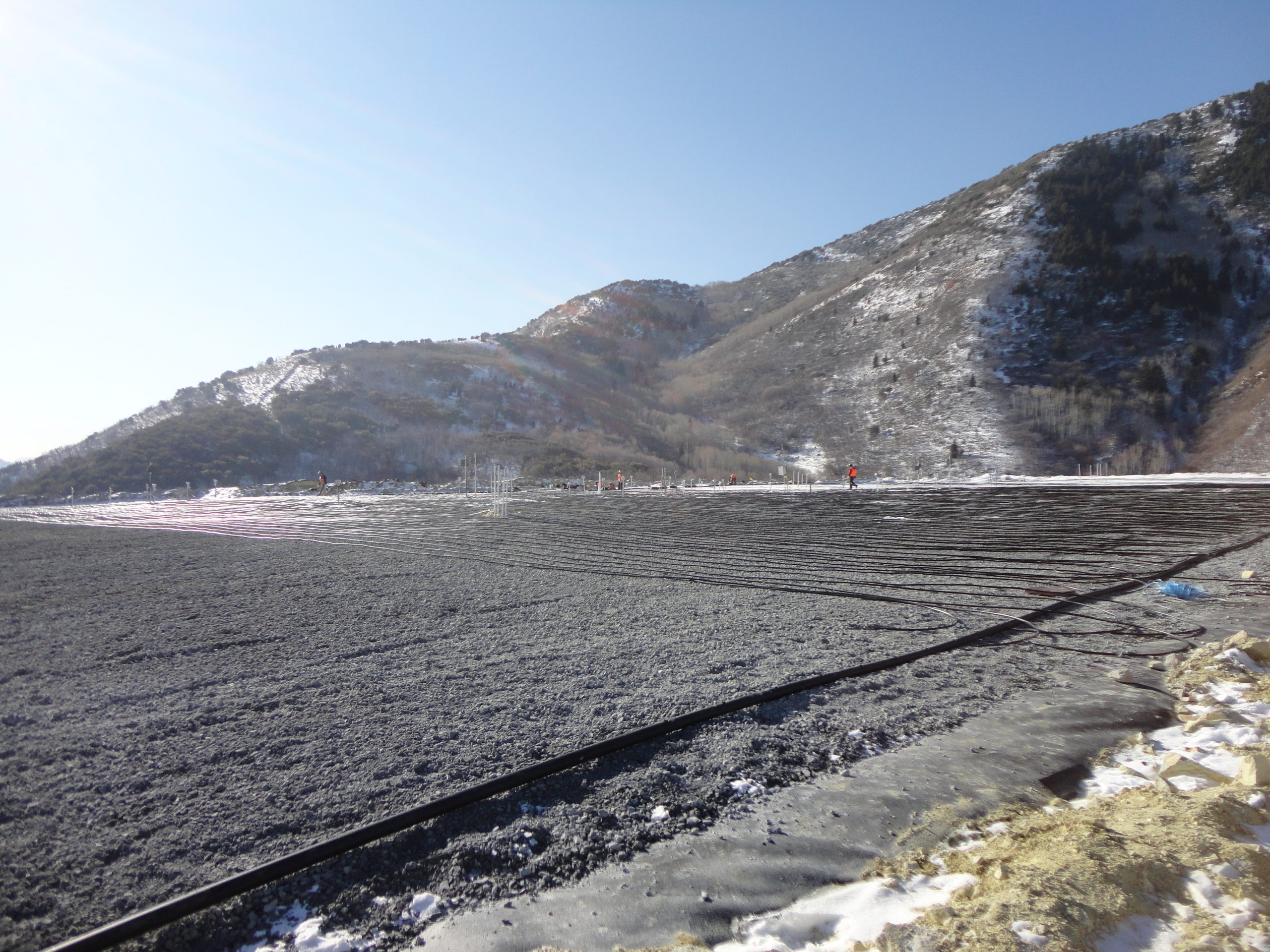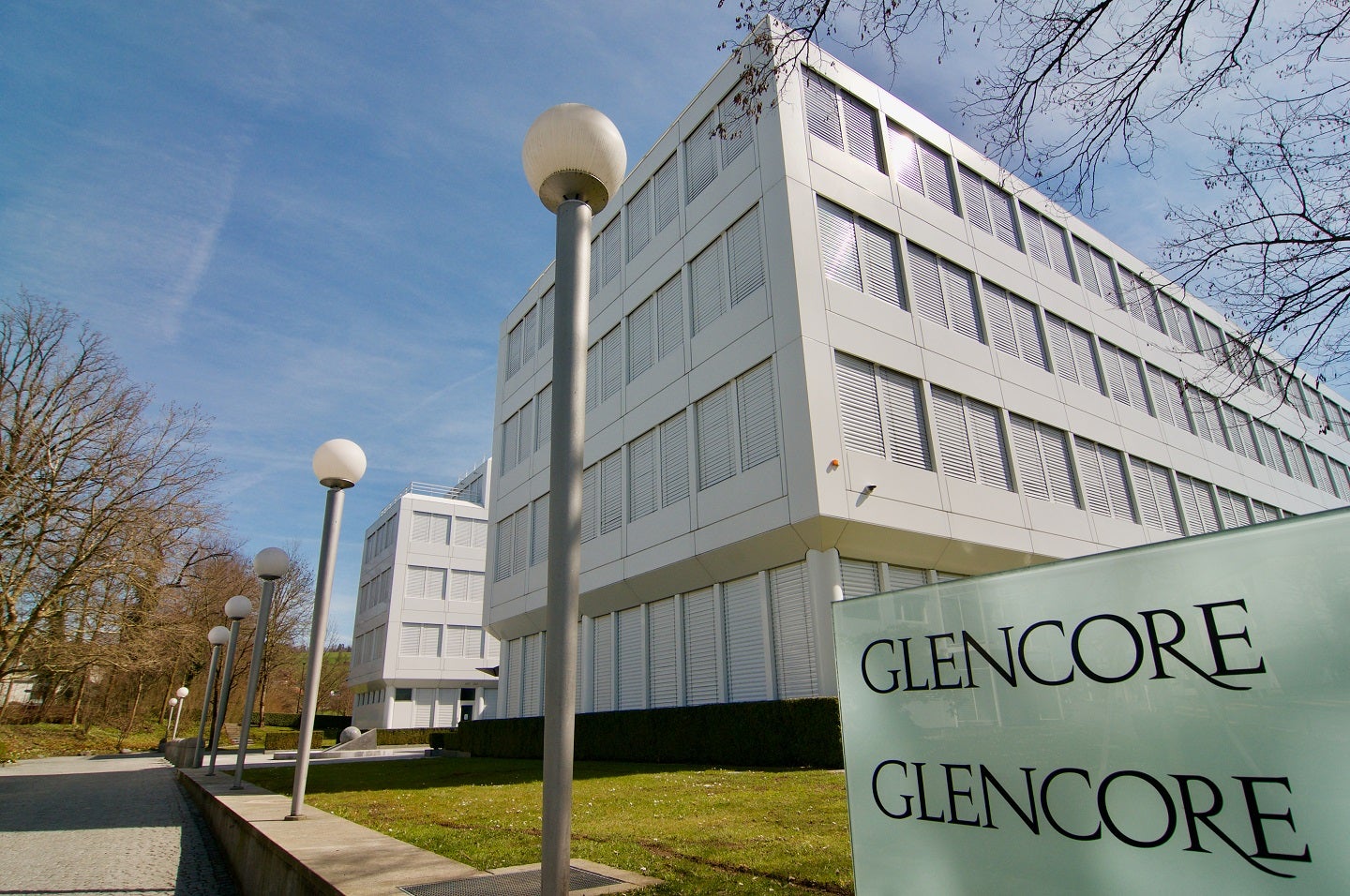
Community solar power is a special solar power option that has always tickled the minds of solar enthusiasts and policy wonks. It’s truly unique in the solar power market, as a couple of recent guests on our CleanTech Talk podcast highlighted. Ben Frank, Senior Director of National Sales—Commercial & Industrial at SolarEdge Technologies, and Stuart Flanagan, Principal at Newport Renewables, talked with me for nearly an hour about what community solar is, what makes it so special, and why it’s been growing fast in the United States (and only the United States). Have a listen via the embedded player below, and jump past that for some of the highlights in article format.
What is Community Solar?
Let’s start with what exactly we’re talking about. “The U.S. Department of Energy defines community solar as any solar project or purchasing program, within a geographic area, in which the benefits flow to multiple customers such as individuals, businesses, nonprofits, and other groups. In most cases, customers benefit from energy generated by solar panels at an off-site array,” the U.S. Department of Energy (DOE) writes.

Image courtesy of U.S. DOE.
“Community solar customers typically subscribe to — or in some cases own — a portion of the energy generated by a solar array, and receive an electric bill credit for electricity generated by their share of the community solar system. Community solar can be a great option for people who are unable to install solar panels on their roofs because they are renters, can’t afford solar, or because their roofs or electrical systems aren’t suited to solar.”
And that last part is a point Ben Frank highlighted, saying, “You know, many people don’t have access to solar — on either their homes or wooded areas, or they live in apartment buildings, and they just don’t have access to it.”
The DOE goes on: “Community solar projects generate electricity from sunlight and the electricity flows through a meter to the utility grid. Community solar subscribers (i.e., households, businesses, or any other electricity customer) pay for a share of the electricity generated by the community solar project. This is typically in the form of a monthly subscription fee.
“The local utility pays the community solar provider for the energy generated, and each subscriber receives a portion of the dollar value generated by their community solar subscription as a credit. Typically, this credit is applied directly to a subscriber’s monthly electric bill, helping to reduce customers’ electricity costs.”
The Solar Energy Industries Association (SEIA) simplifies further: “Community solar refers to local solar facilities shared by multiple community subscribers who receive credit on their electricity bills for their share of the power produced.”

Image courtesy of SEIA.
What is unique about community solar is that it is truly an unusual and innovative structure for ownership of a large power plant or power system. Community solar power is enabled by policy to some extent — regulation of power plant ownership and electricity sales — and as hinted above, community solar is nearly non-existent outside of the U.S. “Community solar programs — and this is me talking with my SolarEdge colleagues around the world, and we do pretty much operate in every country — it’s pretty unique to the U.S. I haven’t seen any other community solar programs that are similar to what we’re doing here,” Ben Frank adds.
Toward the end of the podcast, when talking about community solar legislation coming to California and other states, he added, “Because of the nature of community solar, it is one of the more complicated — you know, from a policy point of view — solar strategies — just because there are so many solar stakeholders. Most solar systems you see out there — you know, Stuart’s got solar on his house, so do I — you know, it’s pretty straightforward. It’s mine, it’s connected directly, I don’t need to involve anyone else. Even commercial projects — if it’s on a rooftop, a carport, or whatever — it’s meant for that business. And even utility-scale, it’s just another producing or generating asset that’s directly tied to the grid.” With community solar, there are various stakeholders, and regulations have to enable and guide that.

Image courtesy of U.S. DOE.
Bringing Equity to the Solar Industry
One thing highlighted in the podcast discussion was how community solar helps to bring more equity to the solar industry. “There’s another aspect to it that’s a key part of these state-level community solar programs, and that’s low- to moderate-income people. If you look at the data from the National Renewable Energy Laboratory, it shows that U.S. households that own less than $40,000 a year — which is about 40% of the country, so a big percentage of the population — they have the least availability to access solar, to benefit in the savings and the environmental benefit of solar. But they also have the most to gain from some of the cost savings,” Ben Frank says. “This is why community solar programs — all the states that have them — often require that at least 50% of the subscribers […] are LMI (low- and moderate-income individuals), so they get the benefit of that.”
Community Solar Is Growing Fast Thanks To The IRA
Both the DOE and SEIA highlight right near the top of their resource pages that community solar is growing fast in the U.S.
As Ben Frank points out, many community solar subscribers are simply eager to save money on their electricity bills, but many are also concerned about global heating, global weirding, and their roles in that. He highlights that, “The average community solar subscriber — if you look at the impact annually in terms of CO2 reduction — about 8 tons of CO2 reduction, equal to 115 trees or over 16,000 miles driven with an internal combustion engine.”
So, essentially, if you go solar via a community solar program, that’s equivalent to planting 115 trees or not driving a car (a gas car) for 16,000+ miles that you would have otherwise.
Aside from the basic benefits of going solar, though, why is community solar getting much more popular now? “The technology that’s available now in the solar industry makes it feasible to actually do this,” Ben Frank notes. “I think the commercial viability is very, very key, and with technology and these programs at the state level — because really they are state-level programs — you know, the cost of building these, the cost of the equipment, the IRA — which we’ll talk about in a minute, the Inflation Reduction Act — all of these have made it possible to do this.”
What does the Inflation Reduction Act (IRA) have to do with this? He adds, “Under the IRA, developers — solar developers — they have access to what’s called and ITC, an investment tax credit, which had been ramping down, and under the IRA was brought back up to 30%. But there’s also other parts of the IRA that are well geared toward community solar to make it even more attractive. When we talk about the commercial viability of community solar, the IRA significantly helped, and specifically for community solar.
“So, there’s what they call ‘energy communities,’ which are defined as areas that have brownfields — you know, fossil fuel communities with high unemployment, or coal closure communities where coal plants are being turned down. So, if a solar developer builds a community solar project in one of those energy communities, then they’ll get an extra 10% in their investment tax credit. So, now you’re at 40% can be offset for whoever’s owning the asset to build it.
“There’s also in the IRA additional incentives for apprenticeship programs, so that as these projects are built — and this is up to the developer and the asset owner to build these programs — but ultimately it brings more jobs to that area, and that’s why it’s so key.”
3 Big Incentives for Community Solar Growth
Stuart Flanagan gave his take on the main incentives stimulating the growth in community solar in the U.S. “There’s really three main drivers of these community solar projects. Kind of in order of importance, there’s:
- Rising energy costs — constantly increasing 3–5% a year. We’re still heavily reliant on fossil fuels. That’s obviously changing as time goes on, but electricity costs continue to rise, and that continues to hit everyone right in the pocket. So, everyone’s always thinking about, ‘How can I save?’ That really leads into …
- The state programs that are driving these projects. Many states — more than 40 states — have at least one community solar project right now, and 19+ states and growing are starting to create community solar programs in each state. And that’s really driving the development of these projects, the projects coming online, and then the consumer benefiting.
- The third driver is really, aside from people wanting to save money, they want to do the right thing for the environment and for future generations. So, that desire people have — a way to actually act on that.”
How to Join a Community Solar Program
If you want to find and join a community solar program, Stuart recommends checking with your state energy office. He actually recently checked how this worked in his home state of Rhode Island and found it to be a quick and easy process that took just about 5 minutes.
There’s much more in the podcast about community solar, including a bit of discussion on a few specific states, projects, and technical aspects of community solar. Listen to the full podcast for more info from these two community solar experts.
You can find our CleanTech Talk podcasts on Spotify, Apple Podcasts, Google Podcasts, YouTube, Overcast, Pocket, Podbean, Radio Public, SoundCloud, or Stitcher.
I don’t like paywalls. You don’t like paywalls. Who likes paywalls? Here at CleanTechnica, we implemented a limited paywall for a while, but it always felt wrong — and it was always tough to decide what we should put behind there. In theory, your most exclusive and best content goes behind a paywall. But then fewer people read it! We just don’t like paywalls, and so we’ve decided to ditch ours. Unfortunately, the media business is still a tough, cut-throat business with tiny margins. It’s a never-ending Olympic challenge to stay above water or even perhaps — gasp — grow. So …





